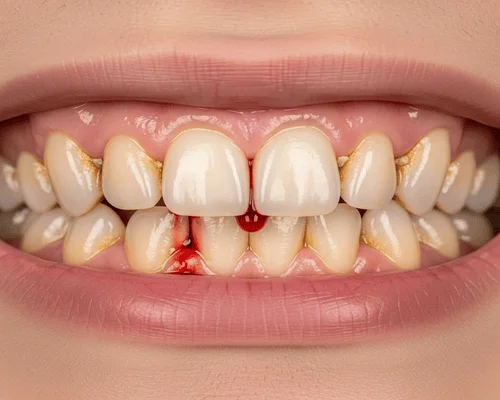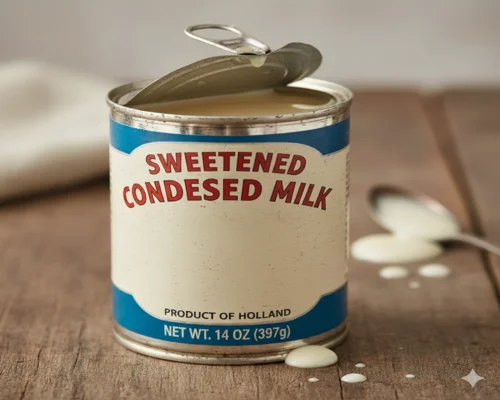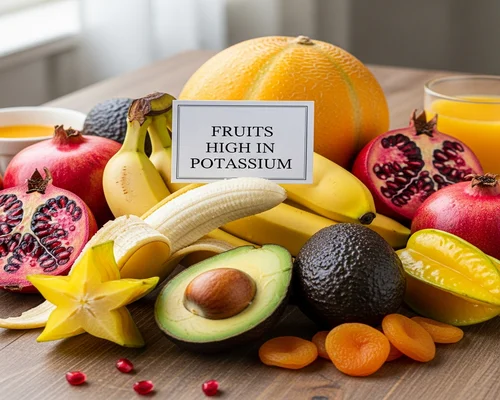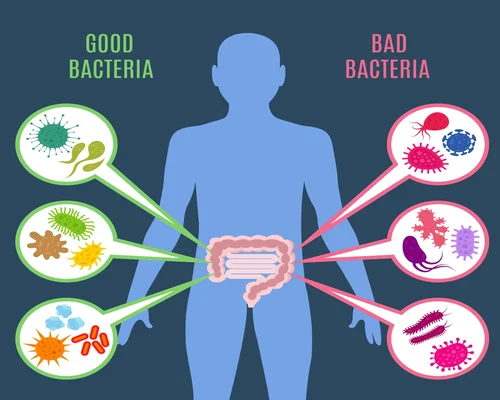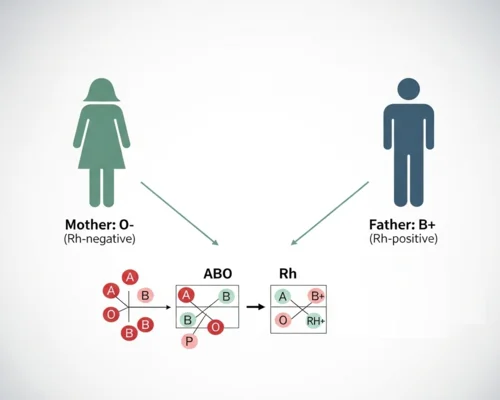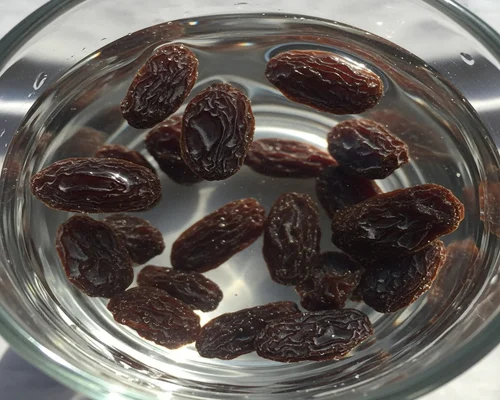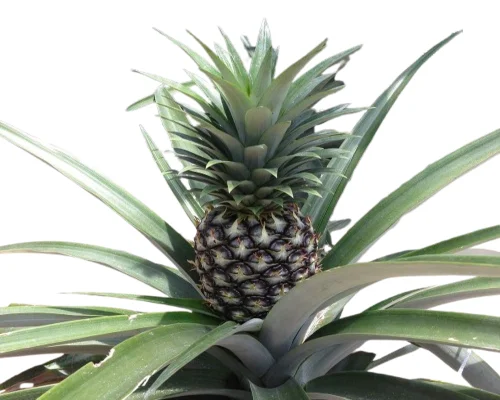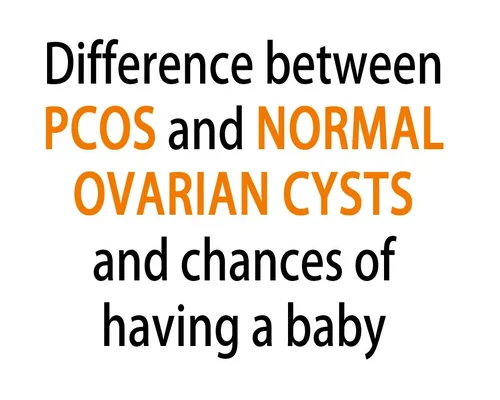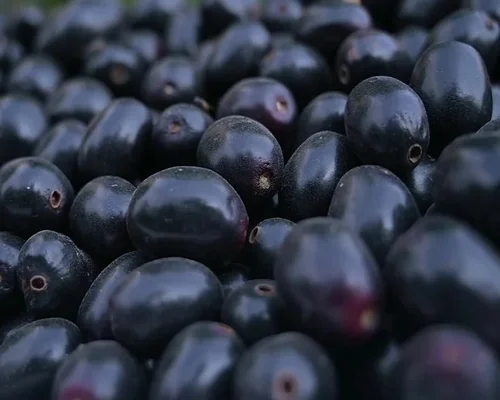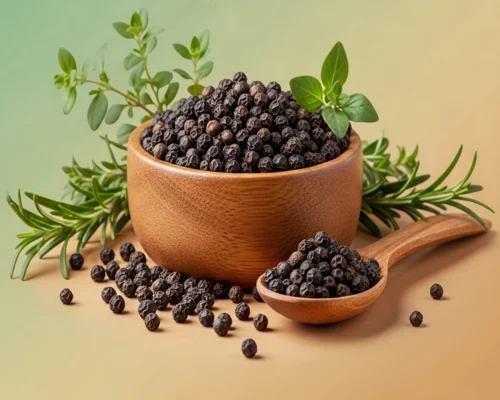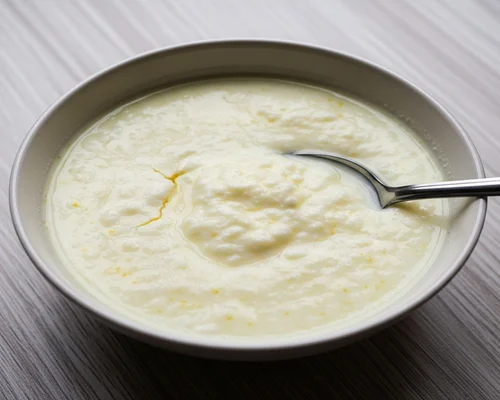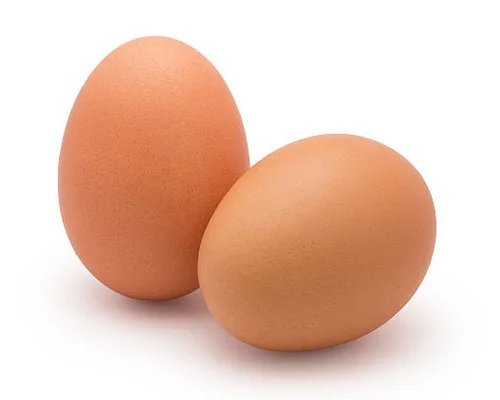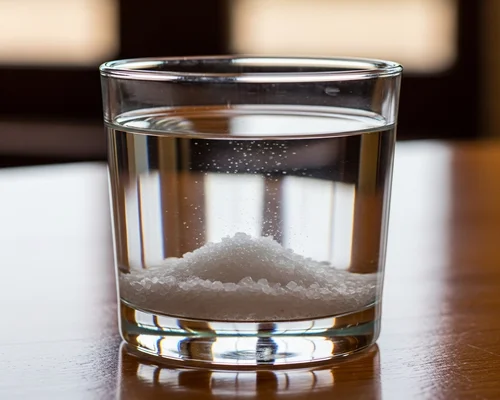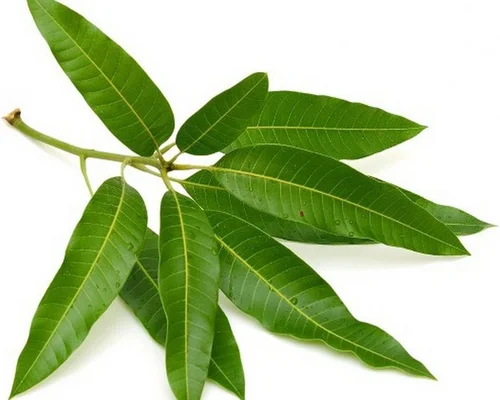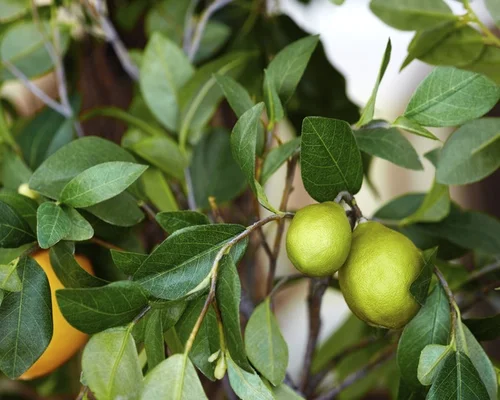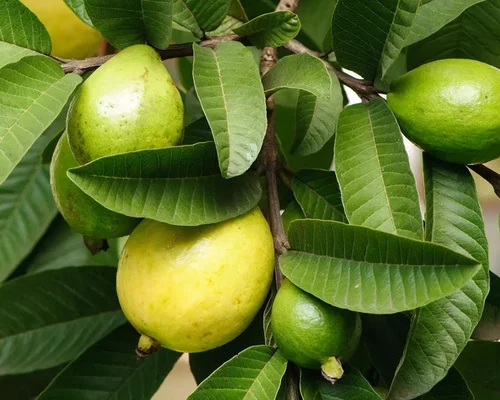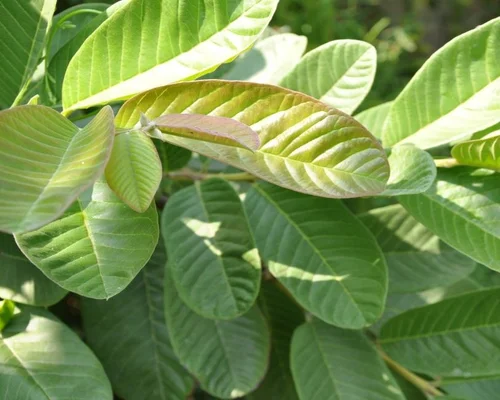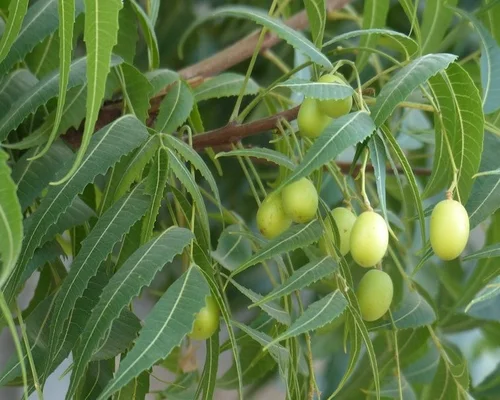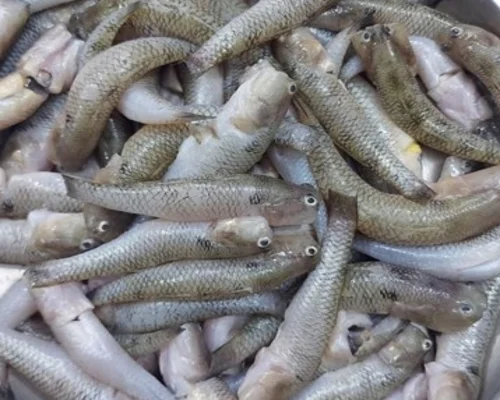
Bele Fish Benefits
Bele Fish Benefits
Bele fish can be seen in various types of fresh water reservoirs including rivers-channels, canals-bils, haor-banors and salt water. This fish is found in the Indo-Indo-Pacific region, Bangladesh, China, Taiwan, Japan, Australia and Papua New Guinea.
Bele fish or baila fish is a freshwater fish of the genus Glossogobius in the family Gobiidae. This fish is found in Indo-Indo-Pacific Ocean, Bangladesh, China, Thailand, Philippines, India, Australia and Africa. The scientific name of this fish known as Tank goby in English is Glossogobius giuris.
Nutrition FactsBenefits of Bele fish:
Eating Bele fish is healthy. Every 100 grams of Bele fish contains protein 14.5 grams, fat 0.5 grams, iron 1.0 grams, calcium 370 milligram grams and phosphorus 330 milligram grams.
Bele fish has many health benefits compared to other fish. This fish contains protein, vitamins, iron, calcium. Totally meets your year-round nutritional deficiencies.
Each fish has Vitamin-B-3 (Niacin): 0.3 mg Vitamin-C: 3 mg
Minerals
Sodium: 172.94 mg Potassium (K): 145.68 mg Calcium (Ca): 34 mg Phosphorus (P): 257.9 micrograms Magnesium (Mg): 17.34 mg Iron: 0.22 mg Zinc (Zn) : 680 micrograms
Other
Ash: 2.3 g Water fraction: 79.7 g
Characteristics of Bele fish, Body Description:
The body of this fish is like a roller. The head is broad, the lower jaw is long. Lips thick, jaw teeth, upper body grey. | All body is covered with thin scales. There is a spineless fin in the middle of the back.
In our country, Bele fish can be found in different types of fresh water reservoirs including rivers-channels, canals-bils, haor-bawar and salt water. They prefer water bodies with rocky or sandy bottoms.
The body color of this long-bodied fish is yellowish or yellowish-grey. Body color becomes lighter or darker due to environment. Its mouth is slightly upturned and has teeth in both jaws. There are no scales on the head and the anterior part of the dorsal fin.
Can grow up to about 30 cm in size. However, most of the Bele fish caught in Chalonbil during monsoon are relatively small in size.
Bele fish usually breed from May to October. They become fertile and lay eggs at the age of one year.
This fish can be caught by hand with net, hook, irrigation or small water.
Residence:
Lives above ground in the underwater layer of rivers, canals, bils, ponds, hoards etc.
Plague:
This fish does not have any diseases. However, due to excessive use of pesticides and fertilizers, this fish is suffering from wound disease.
Food:
A carnivorous fish, it eats aquatic insects, insects, small fish such as shrimp, rotting aquatic plants, etc. This carnivorous fish eats aquatic insects, insects, snails, small fish like shrimps, rotting aquatic plants etc. Sometimes, especially in food crisis, they also eat other Bele fish. The market demand for this fish is very high.
Breeding:
This fish becomes fertile and lays eggs at the age of one year, especially during the rainy season.
Bele fish Recipe-
Ingredients:
Bele fish 150 grams,
Cut the brinjal into small pieces.
½ cup chopped onion,
Chilli powder half teaspoon,
A teaspoon of turmeric powder,
Half teaspoon coriander powder,
Half a teaspoon of batter,
A teaspoon of garlic paste,
Salt is like a taste,
A handful of coriander leaves,
4 to 5 green chilli slices,
Like the amount of oil.
Method:
First, wash the fish and mix it with batter and powdered spices. Now rub the cut eggplant with turmeric and salt. Heat oil in a pan and fry eggplant in it. In that pan, fry chopped onions, add spices and fried eggplant to it, stir gently and cover with water. Now after some time spread chopped coriander leaves, green chilli slices. Now take it down and serve it with hot rice.


-vegetable.webp)
